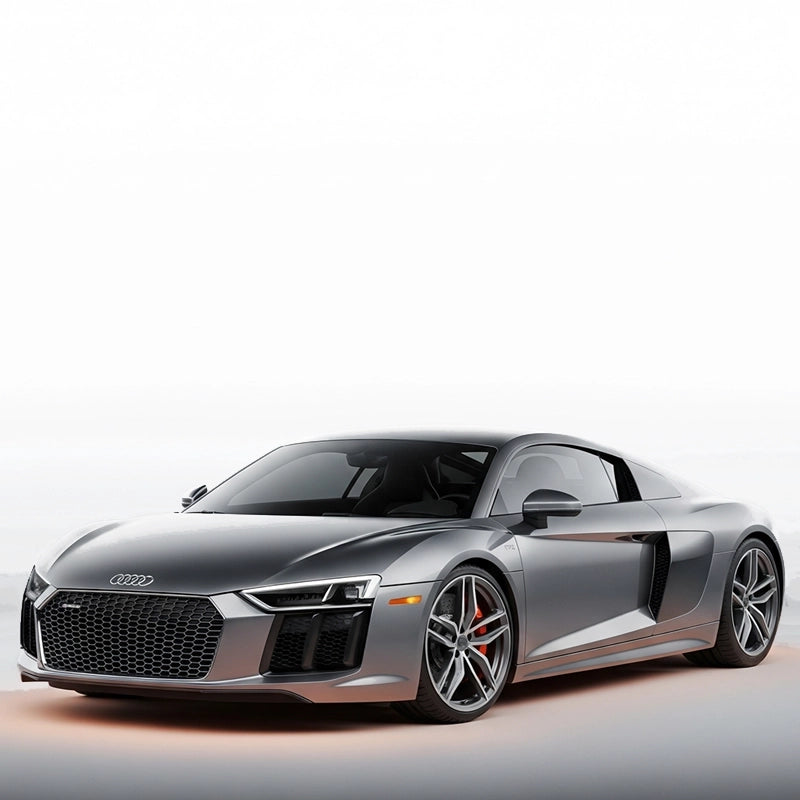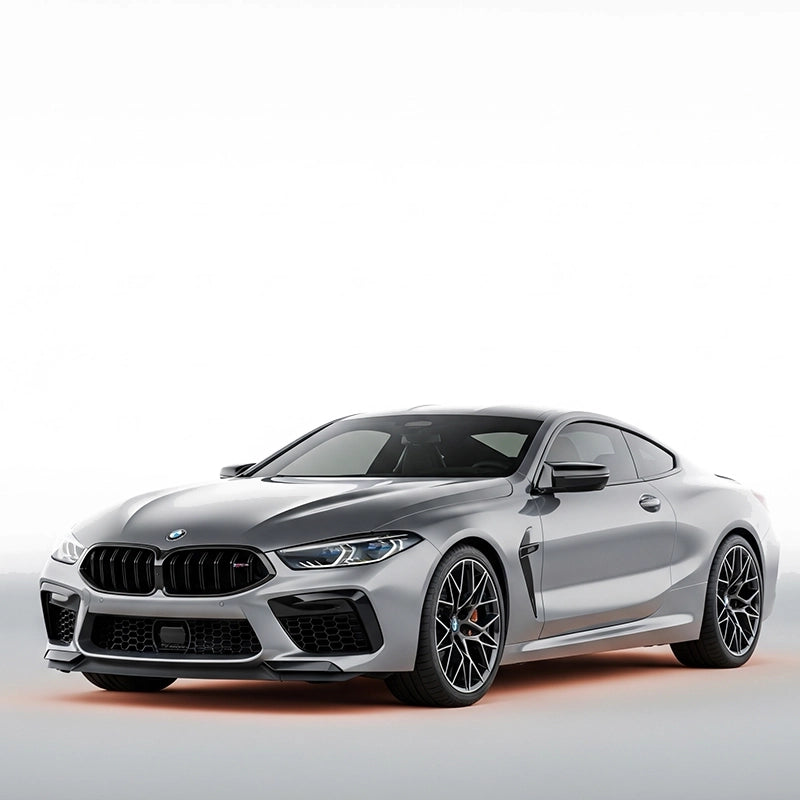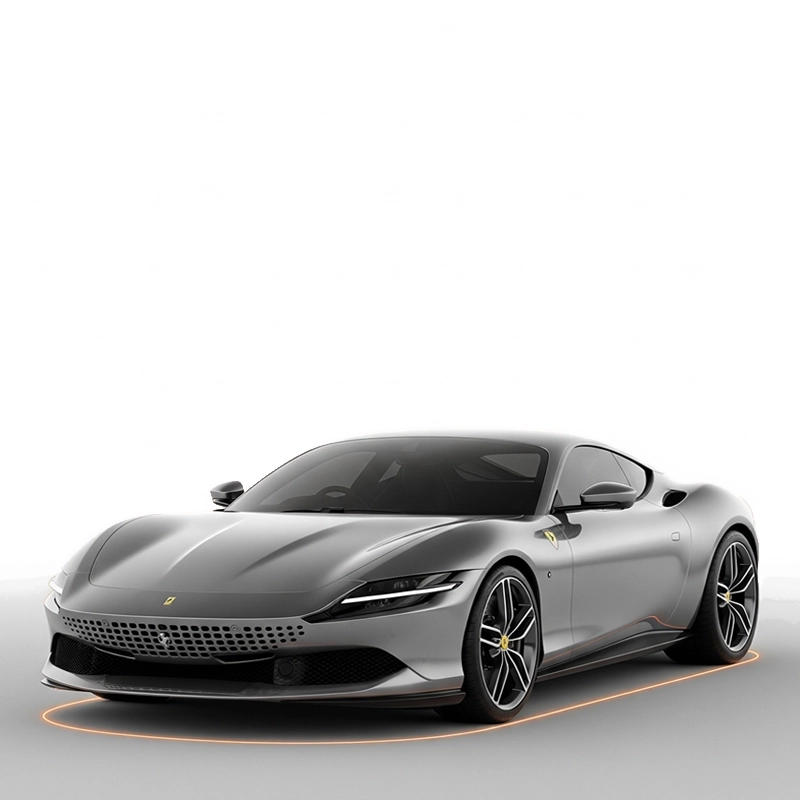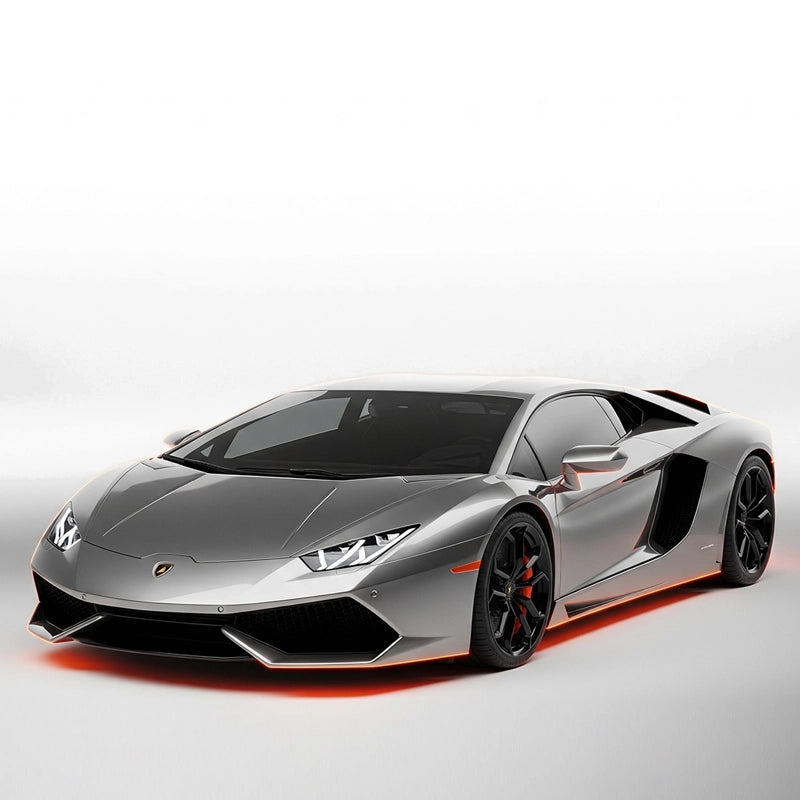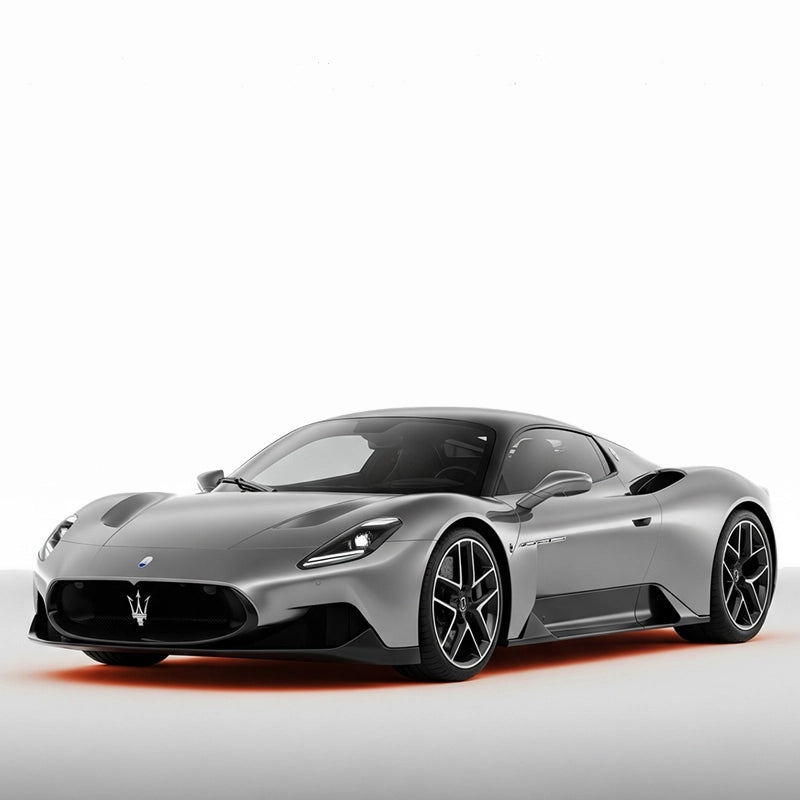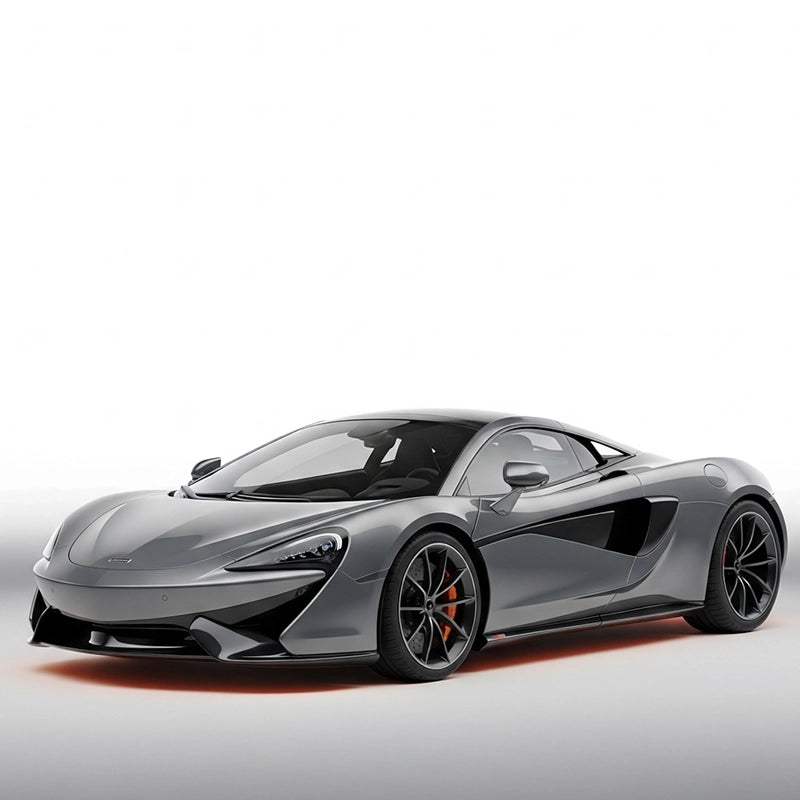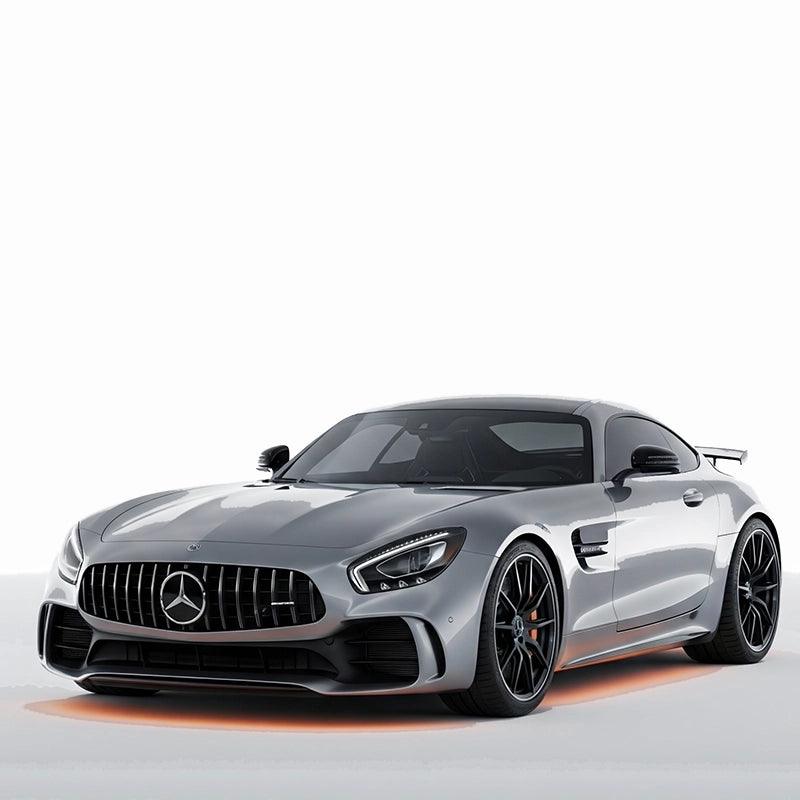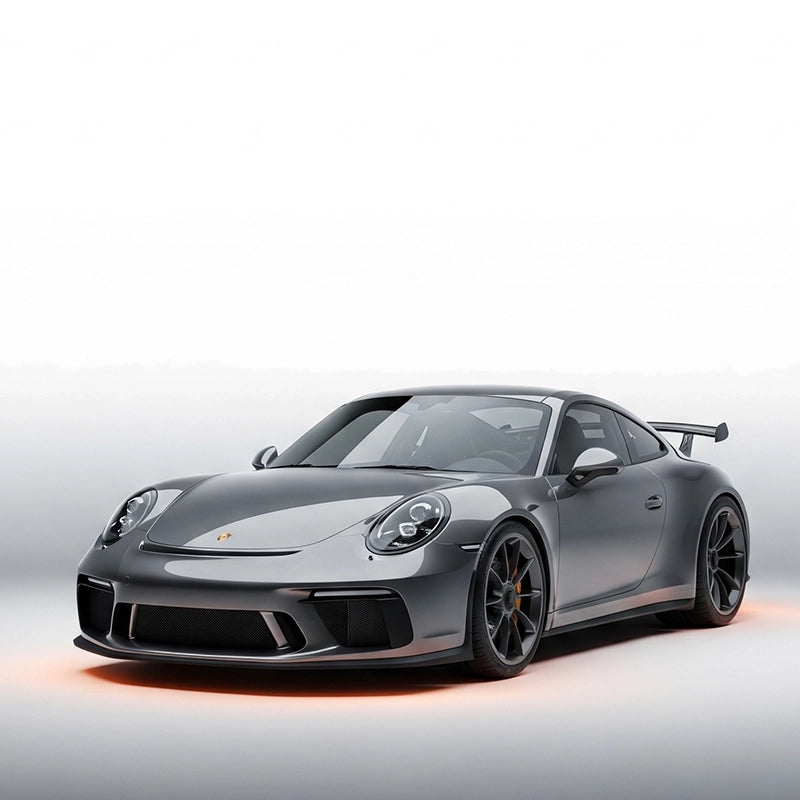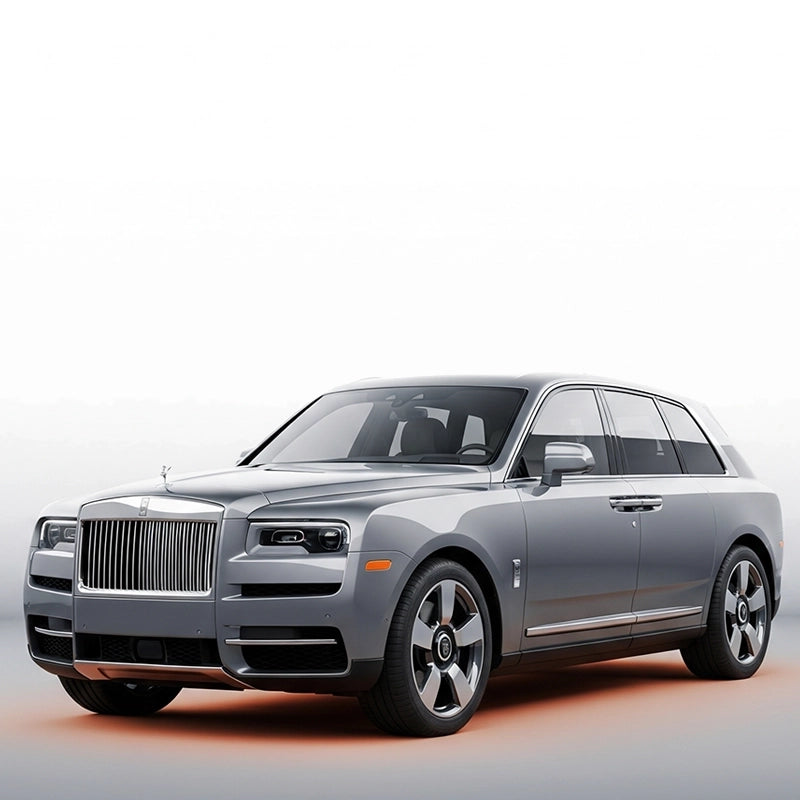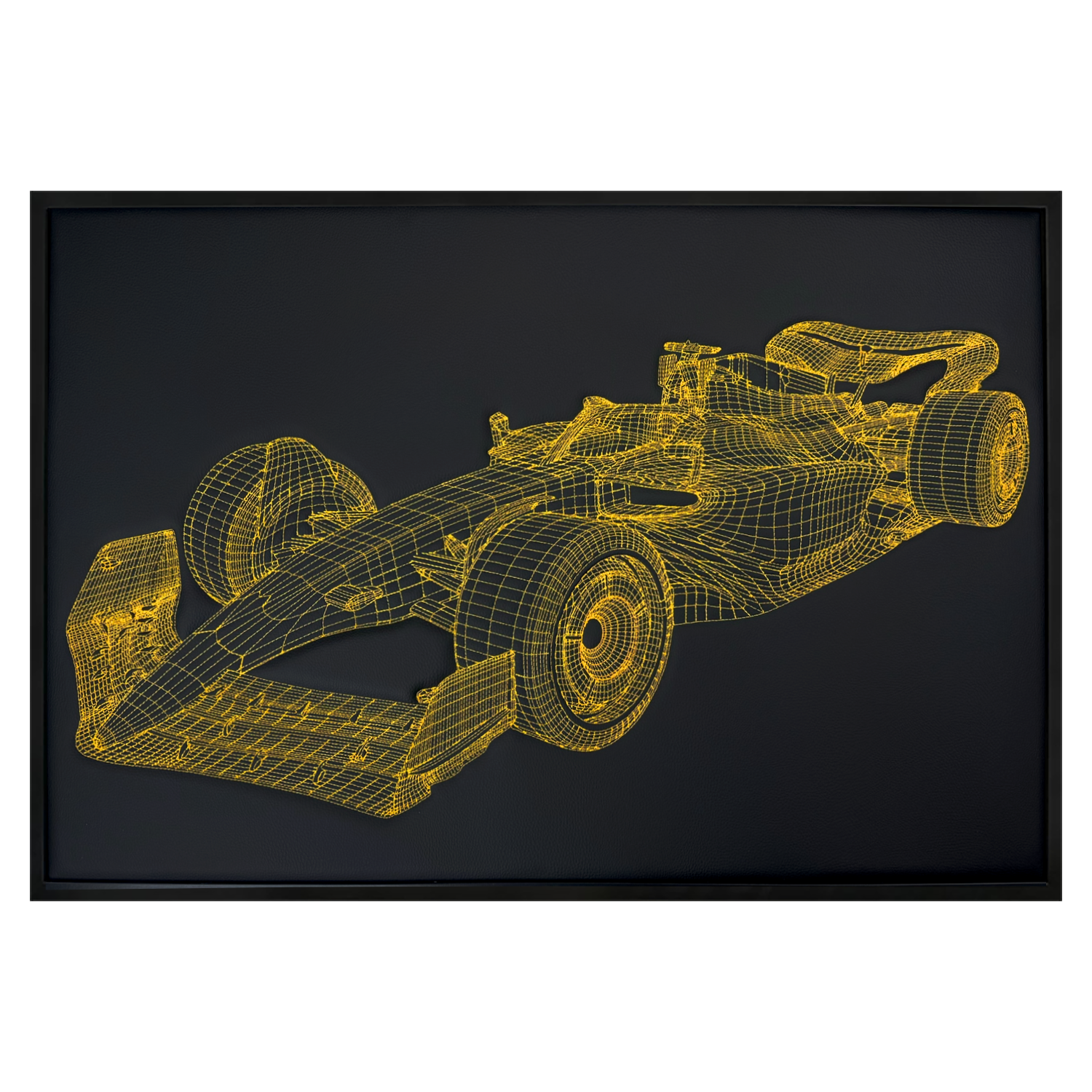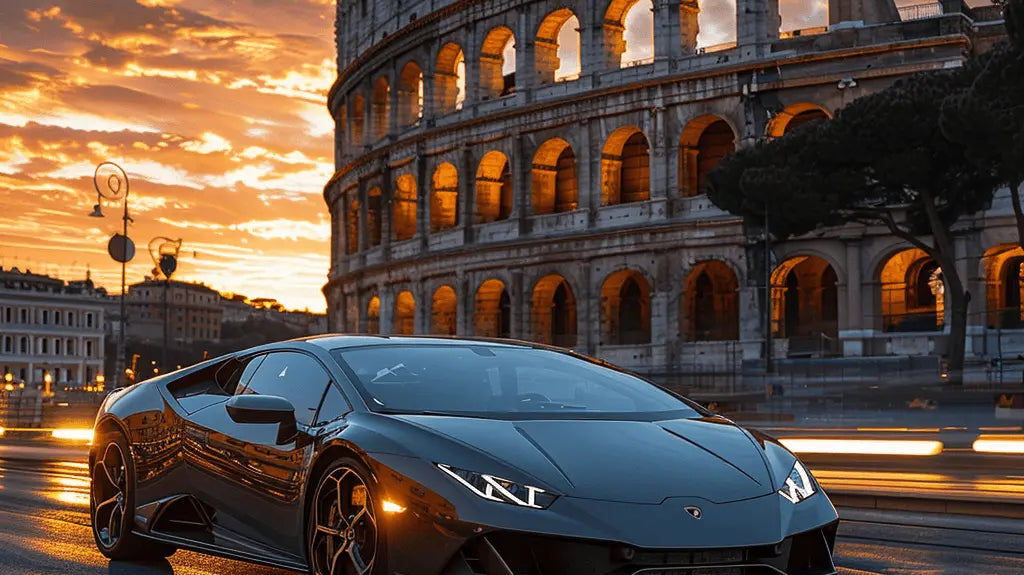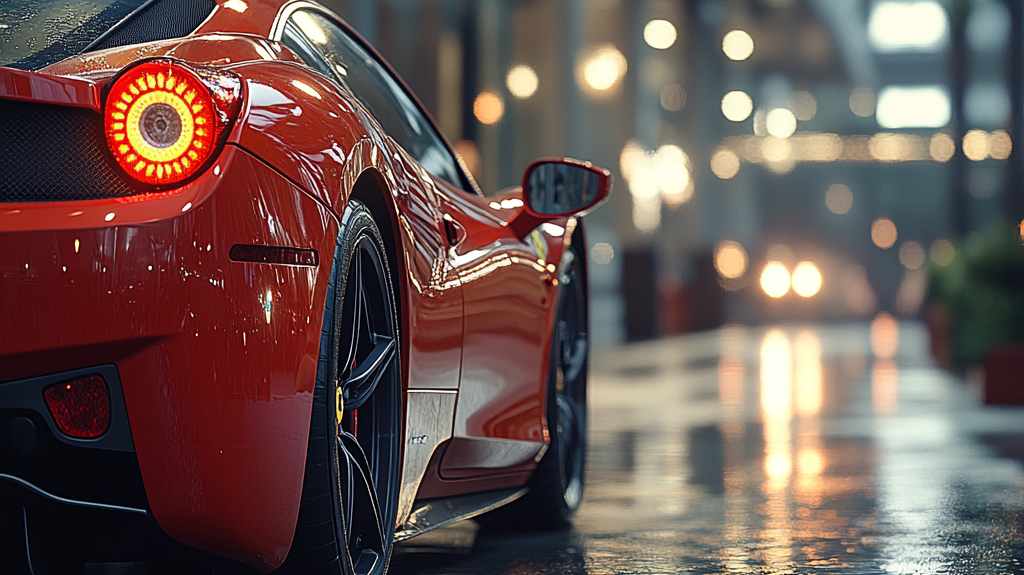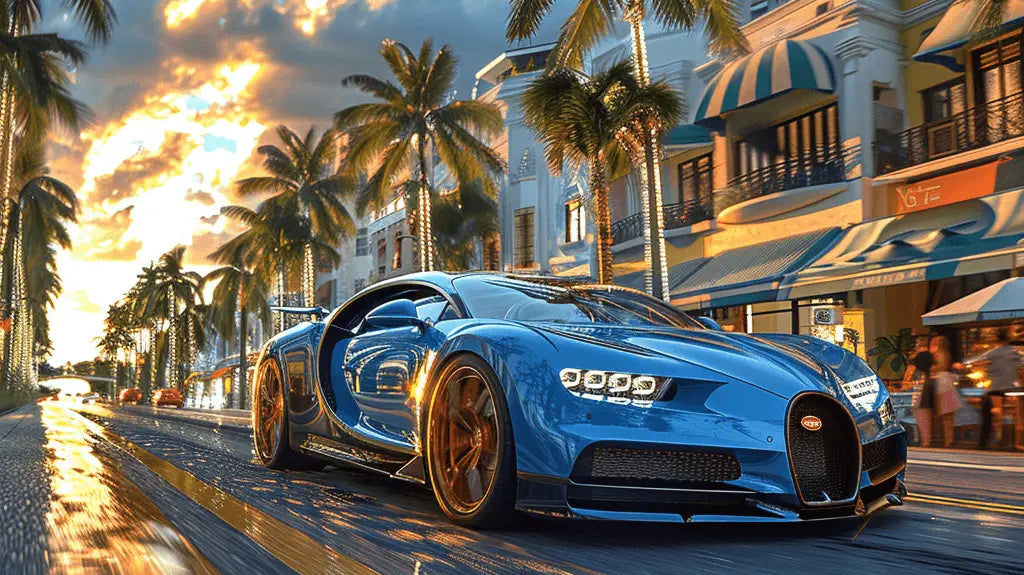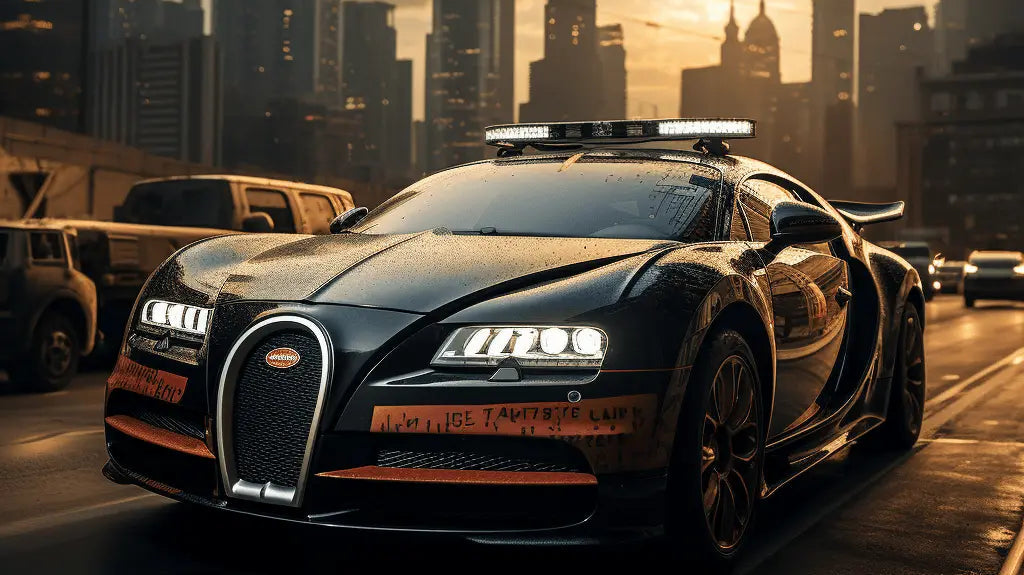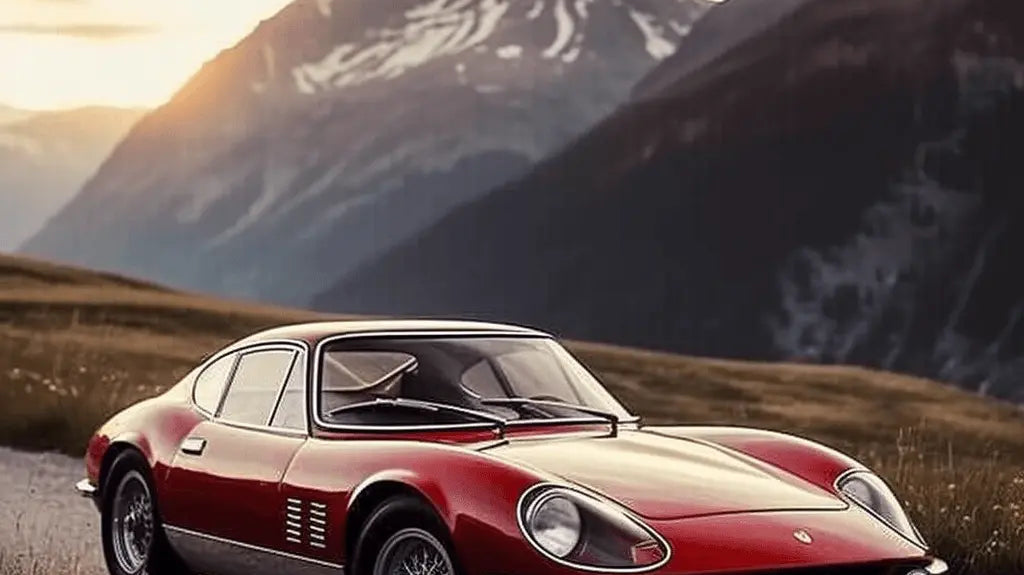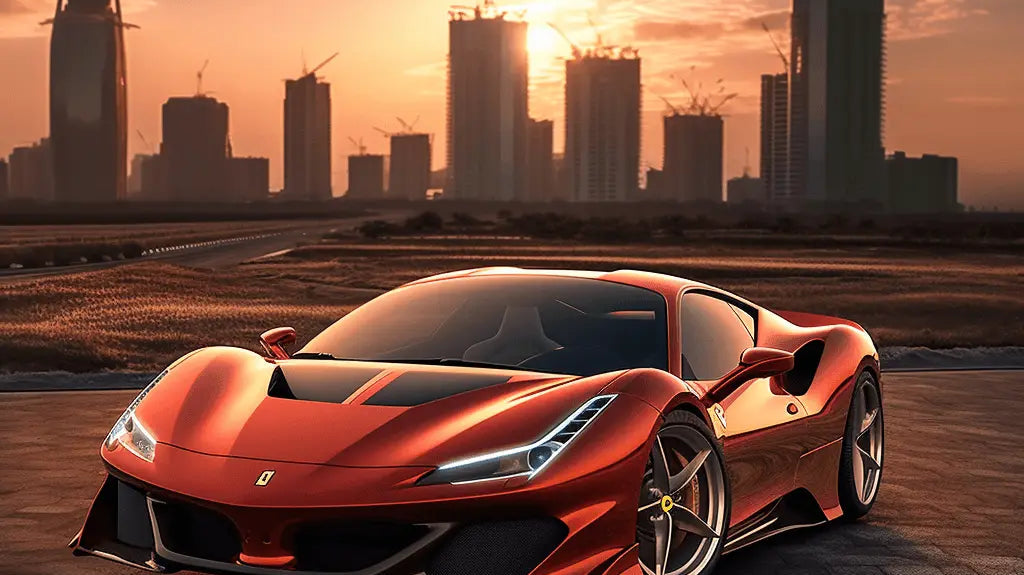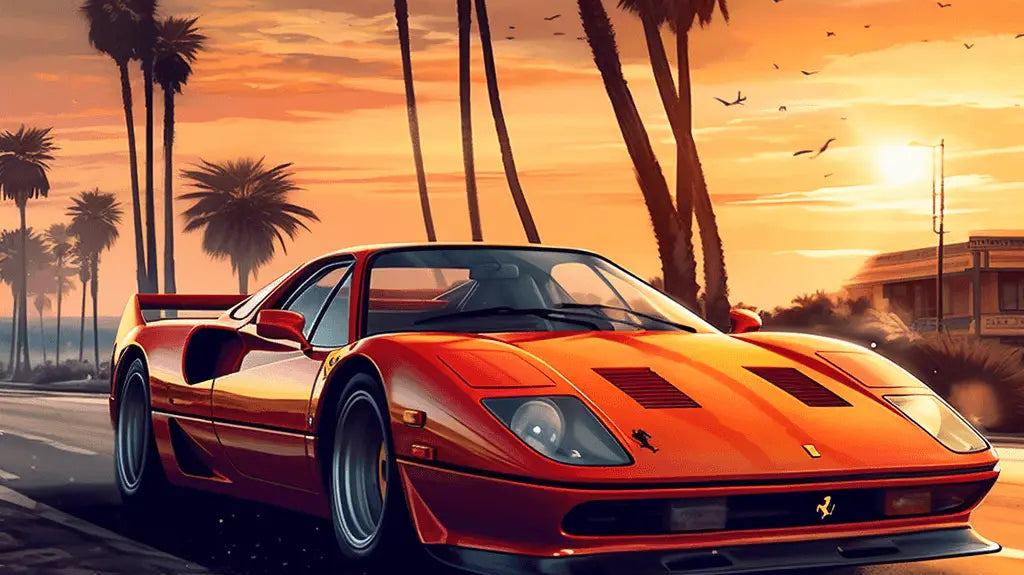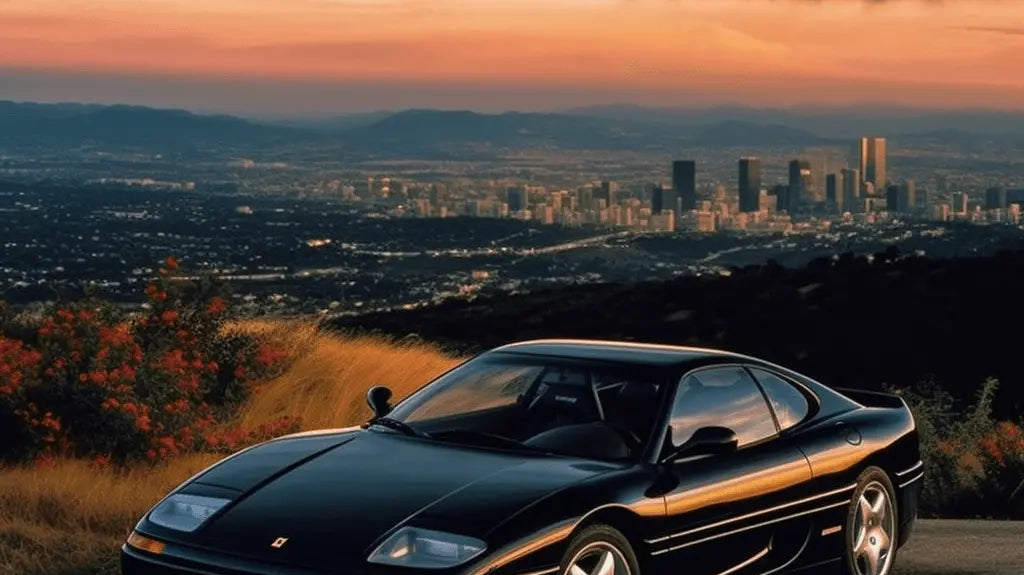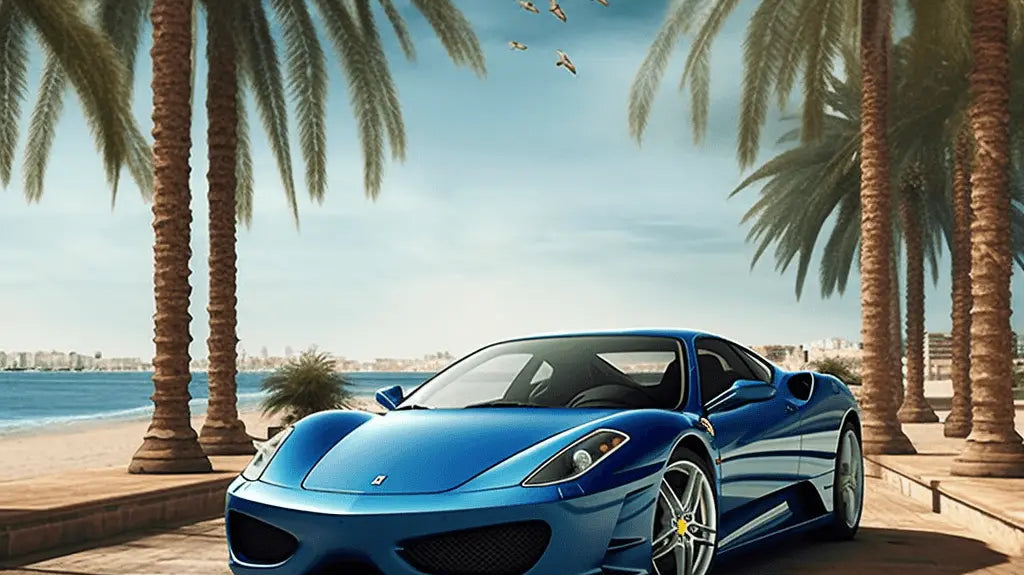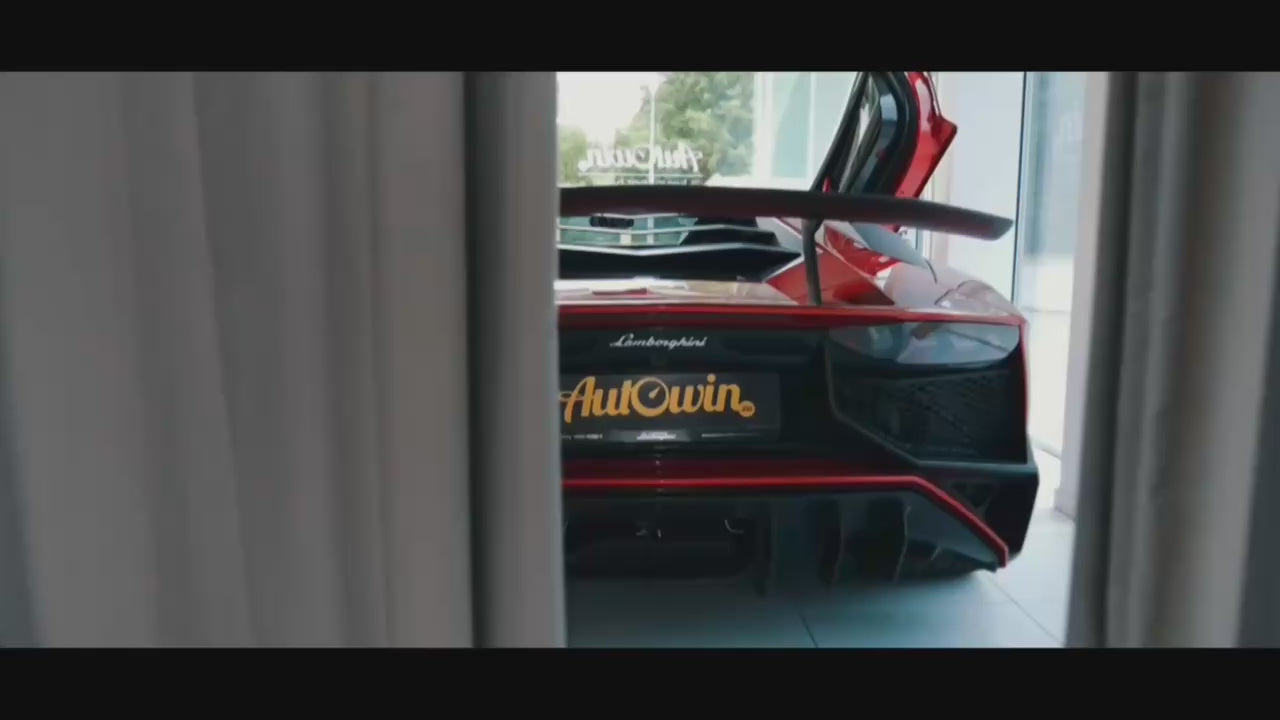Porsche 986 Boxster (1996–2004): The mid‑engine roadster that made Porsche human again
I’ve been around enough sports cars to know when one’s been built by engineers who actually drive home the long way. The Porsche 986 Boxster is exactly that. First time I slid into an early 2.5 on a chilly morning, the heater took its time, the plastic rear screen fogged a little, and I didn’t care. The steering talked. The flat-six hummed just behind my shoulders. And by the third corner, the world got sharper, happier, lighter. That’s the 986 effect.

Why the Porsche 986 Boxster still matters
Launched in 1996, the Porsche 986 Boxster put Porsche back on solid ground—financially and spiritually. It was attainable, pretty without trying, and handled like a fly rod on a mountain stream. Mid-engine balance, a low cowl, and that boxer-six soundtrack made it feel special even on a run to the shops. When I tried it on rough roads, the ride had that uniquely German elasticity: firm, controlled, never punishing.
- The 986 was Porsche’s first production car with a water-cooled flat-six.
- “Boxster” blends “boxer” (engine layout) with “roadster.” Simple. Smart.
- Shared hardware with the 996-gen 911 (suspension bits, brakes), which helped keep costs in check—without spoiling the magic.
Engines and performance: the Porsche 986 Boxster lineup
I’ve driven everything from the friendly 2.5 to a well-sorted Boxster S, and the character shift is real—but the core is consistent: throttle response is immediate, and the chassis begs for late braking and early throttle.
Numbers you can feel
- Boxster 2.5 (1997–1999): ~201 hp, ~181 lb-ft, 0–60 mph in mid-6s (manual)
- Boxster 2.7 (2000–2002): ~217 hp; (2003–2004): up to ~225 hp
- Boxster S 3.2 (2000–2002): ~250 hp; (2003–2004): ~258 hp, 0–60 mph in the low-5s
- Real-world economy: low 20s mpg combined if you behave; high teens if you don’t (guilty).
The gearshift has a short, positive throw—slightly notchy when cold, slick when warm. The brakes? Classic Porsche: big bite early, terrific modulation. On a rainy B-road, PSM (stability control) in later cars is a politely watchful passenger, not a back-seat driver.
The best year for the Porsche 986 Boxster
Ask five owners and you’ll get six answers, but I’ve always had a soft spot for the facelifted cars from 2003. Why? Sharper front/rear styling, glass rear window with defroster (no more creased plastic), small power bumps, and some detail tweaks that make daily life easier. If you want the full-fat version, the 2004 Boxster S is a sweet spot—stronger engine, sorted looks, and the last of the original shape. That said, a healthy, well-maintained early 2.5 can be the most honest expression of the car: light, simple, eager.

Porsche 986 Boxster vs rivals: then and now
I lined up a friend’s S2000 next to a Boxster S one dusky evening. The Honda is razor wire—thrilling but tense. The Porsche? It’s more like driving in slippers you’re not scared to scuff. Still thrilling, mind, just with more bandwidth for the imperfect road.
| Car | Layout | Power | 0–60 mph | Vibe |
|---|---|---|---|---|
| Porsche 986 Boxster S (3.2) | Mid-engine, RWD | ~250–258 hp | ~5.2–5.5 s | Fluid, forgiving, deeply communicative |
| Honda S2000 | Front-engine, RWD | ~237 hp | ~5.5–5.8 s | High-rev drama, knife-edge balance |
| BMW Z3 3.0i | Front-engine, RWD | ~225 hp | ~5.8–6.0 s | Silky straight-six, old-school charm |
| Mercedes SLK 320 | Front-engine, RWD | ~215 hp | ~6.5–6.7 s | Comfort-first, folding hardtop |
Living with a Porsche 986 Boxster
I daily-drove one for a soggy winter, and here’s the thing: it works. Two trunks (frunk and rear) swallow a weekend’s luggage plus two helmets. The cabin is narrow but friendly—quiet enough to hear your kids arguing in the back seat you don’t have. Top goes down in ~12 seconds at a light. Visibility with the top up is fine—great after 2003 when the glass window arrives.
What to look for when buying
- IMS bearing: The headline issue on many M96 engines. Not every car is at risk, but an upgraded bearing or documented solution buys peace of mind.
- RMS (rear main seal) weep: Minor misting is common; heavy leaks need attention.
- Cooling system: Expansion tank cracks and radiators clogged by leaves—easy to overlook, not expensive to fix if caught early.
- Top and window: Pre-2003 plastic rear screen can haze or crack; 2003–2004 cars have glass with defroster.
- Ignition switch/MAF/window regulators: Wear-and-tear items on older Porsches—budget a little for refresh.
- Service history: Oil every 5–7k miles, fresh coolant and brake fluid, and quality tires. These cars hate cheap rubber.
Enhancing your Porsche 986 Boxster’s cabin
Small upgrades make daily life nicer. Floor mats are top of the list—especially in a convertible where grit finds its way aboard. I’ve tried a set from AutoWin and appreciated the snug fit and heel-pad placement; they clean up with a quick shake and hose-off, no drama.

- Precision fit for 1996–2004 models
- Materials that stand up to wet shoes and the occasional sandy beach day
- Styles from discreet black to bolder colors if you’re feeling 1999 Monaco
The timeless appeal of the Porsche 986 Boxster
We love to call things “future classics,” but the Porsche 986 Boxster already is one. Prices are still sane, parts are available, and the driving experience hasn’t aged a day. It’s that rare luxury sports car you can use, tweak lightly, and keep for the long haul without feeling like you’re babying a museum piece.
Highlights that still shine
- Timeless design that looks right parked anywhere—from café curb to concours lawn
- Mid-engine balance that flatters new drivers and rewards experts
- Manual gearbox feel that modern cars would kill for
- Running costs that won’t crush your soul if you buy well and maintain on schedule
Conclusion: the Porsche 986 Boxster is the real-deal driver’s car
Honestly, I wasn’t sure at first—was the Porsche 986 Boxster a budget Porsche or a true Porsche on a budget? After two decades and countless miles, I know the answer: it’s the car that reminded Stuttgart how to smile. Choose a good one, keep it serviced, and enjoy every excuse to drop the top. And if you’re sprucing up the cabin, a set of well-fitted mats from AutoWin finishes the job nicely.
FAQ: Porsche 986 Boxster (1996–2004)
What’s the best year for the Porsche 986 Boxster?
2003–2004 are fan favorites thanks to the facelift, glass rear window, and small power bumps. That said, condition and service history matter more than model year—buy the best-maintained car you can find.
Is the 986 reliable?
Yes, if maintained. Regular oil changes, coolant system checks, and fresh ignition/MAF components keep them happy. The IMS bearing is the headline concern; look for documentation of an upgrade or budget for it.
Manual or Tiptronic?
Manual for maximum involvement. Tiptronic works fine for relaxed cruising, but it blunts the car’s character and can affect resale.
How much does an IMS solution cost?
Varies by shop and parts but expect roughly $2,000–$3,500 when done alongside a clutch. Worth it for peace of mind on many cars.
Can I daily a Porsche 986 Boxster?
Absolutely. Two trunks, decent economy, good heaters and A/C, and reasonable parts pricing make it surprisingly easy to live with—just pick your tires wisely and keep water drains clear.

